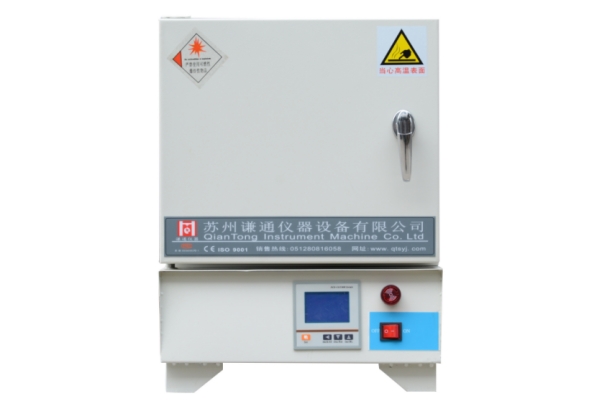Safeguarding Operations: Essential Safety Features in Furnace Design
2024-03-20
In the realm of laboratory equipment, safety is paramount. Furnaces, particularly high-temperature lab electric digital muffle furnaces, are indispensable tools in various industries and research settings. These furnaces are designed not only to provide precise heat treatment but also to prioritize the safety of operators and prevent accidents. Let's delve into the critical safety features incorporated into the design of modern furnaces to prevent overheating and ensure safe operation.
1. Temperature Limit Controls: Furnaces are equipped with temperature limit controls that set maximum temperature thresholds to prevent overheating. These controls automatically shut off the heating elements if the temperature exceeds the preset limit, safeguarding against thermal runaway and potential damage to the furnace or samples.
2. Thermal Insulation: High-quality thermal insulation materials are used in furnace construction to minimize heat loss and maintain temperature stability. Effective insulation not only improves energy efficiency but also reduces the risk of external surfaces becoming excessively hot, preventing accidental burns or injuries to operators.
3. Overtemperature Protection: In addition to temperature limit controls, furnaces often feature overtemperature protection mechanisms that provide an extra layer of safety. These systems employ sensors to continuously monitor the furnace's internal temperature and trigger an automatic shutdown if it exceeds a safe threshold, mitigating the risk of overheating-related accidents.
4. Safety Interlocks: Furnaces are equipped with safety interlock systems that prevent the chamber door from being opened when the furnace is operating at high temperatures. This prevents operators from inadvertently exposing themselves to hot surfaces or escaping gases, reducing the risk of burns or exposure to hazardous conditions.
5. Emergency Shutdown Button: Furnaces are typically outfitted with emergency shutdown buttons or switches that allow operators to quickly deactivate the heating elements and halt furnace operation in the event of an emergency. This provides operators with a rapid means of stopping the furnace in case of overheating, equipment malfunction, or other hazardous situations.
6. Cooling Systems: Furnaces may incorporate cooling systems, such as fans or water-cooled jackets, to dissipate excess heat and maintain safe operating temperatures. These cooling mechanisms help prevent the furnace from overheating during prolonged operation and ensure optimal performance without compromising safety.
7. Visual and Audible Alarms: Furnaces may be equipped with visual and audible alarm systems that alert operators to abnormal operating conditions, such as temperature deviations or equipment malfunctions. These alarms provide early warning signs of potential safety hazards, allowing operators to take corrective action promptly.
8. Automatic Power Failure Recovery: Some furnaces feature automatic power failure recovery systems that resume operation at the last saved settings in the event of a power outage. This ensures continuity of operation and prevents unintended temperature fluctuations or disruptions in heat treatment processes.
9. Safety Certification: Reputable furnace manufacturers adhere to stringent safety standards and obtain safety certifications, such as CE, UL, or ISO, to validate the safety and reliability of their products. These certifications provide assurance to users that the furnace meets industry-recognized safety requirements and undergoes rigorous testing for quality and performance.
10. Operator Training and Guidelines: Proper operator training and adherence to safety guidelines are essential for preventing accidents and ensuring safe furnace operation. Furnace manufacturers provide comprehensive user manuals, training materials, and safety guidelines to educate operators on proper usage, maintenance, and emergency procedures.
In conclusion, modern furnaces are equipped with a range of safety features designed to prevent overheating, mitigate risks, and ensure safe operation in laboratory and industrial settings. By prioritizing safety in furnace design and operation, operators can conduct heat treatment processes with confidence, knowing that their well-being is safeguarded and accidents are minimized.



